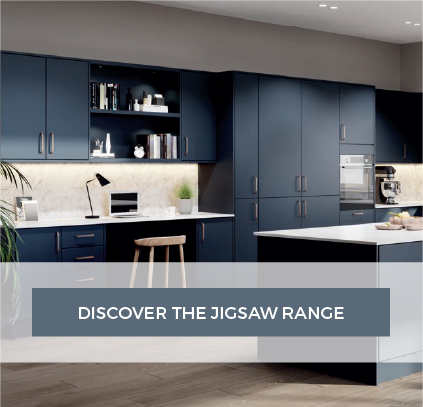Single Oven: Ultimate and Exclusive Buying Guide

An indispensable part of every contemporary kitchen is a good single oven. Which will give you and your family years of well-cooked food. However, with a number of different brands and varieties on the market, working out which oven to purchase can appear like an intimidating task.
TYPE: SIZE AND TYPES OF OVENS
Superior may not always be improved, predominantly if you have a smaller kitchen and require an oven to be in shape in with the obtainable space.
BUILT-IN SINGLE
A built-in single model oven requests to go in an oven housing, whether this is at eye level or beneath the worktop. Single multifunction ovens typically have a grill incorporated, which saves space, however, means you can’t make use of the grill and oven functions at the same time.
Freestanding Cookers
Cookers traditionally have always been freestanding, most often coming in 50cm, 55cm or 60cm widths. Even without fitting, freestanding appliances can seamlessly fit into compact kitchens as well as open kitchen layouts. However it is advised that a 5cm gap is left with freestanding cookers so both appliances and kitchen furniture don't get damaged.Range Cookers
For more spacious kitchens it is worth investing in a Range Cooker, mainly for its multi-functionality. These are double the size of your traditional freestanding cookers, due to having four different compartments. Range Cookers will have two ovens, a grill and a warming drawer, with between 5 - 8 burners on the hob.The choice of gas and ceramic will be there for you, depending on your preference. Some will have specialised hobs, for instance for woks, fish dishes and more. Older models may use solid fuels, like coal, wood or oil, in addition to other gas and electric options.
Table-Top Cookers
Table-Top Cookers are similar in build to microwaves and are basically condensed ovens. By only having one shelf, they offer a conventional cooking experience in a smaller format. These can be used as a handy backup or a primary cooker.Capacity Of oven
Capacity is often an issue for a lot of people and it is very important they buy single ovens. The capacity is the utilizable size of an oven cavity considered in litres; enabling you to guess how much food can be cooked in one sitting. Apparently, built-in single models are inclined to have the smallest capacity, at the same time as built-in doubles and built-under options are bigger. Also mull over the number of shelves obtainable, as a 50-litre oven with three shelves can cook extra food than a 60-litre oven with only two.
SELF-CLEANING: SELF-CLEANING FEATURES
Several ovens come with a self-cleaning feature that can save a bundle of elbow grease if your appliance gets a lot of use!
PYROLYTIC CLEANING
A characteristic that runs the oven on a cleaning cycle (generally around three hours) and burns a few spills to ash, which can be washed out once ended. The heat can be extreme and uses energy, but will possibly be cheaper as compared to buying oven cleaning fluids.
CATALYTIC OVEN LINERS
Catalytic oven liners break down the grease in any food spilt in the oven, making it easier to clean. They may require substituting after some time and can be bust if you drop water on them.
LAYOUT: PICKING AN OVEN THAT SUITS YOUR KITCHEN AND BUDGET
Selecting a layout when choosing what a good oven to purchase is will depend on your budget, space and first choice. An integrated model has more elasticity, as it can be fitted at any stature to put off bending and crouch to use. It also doesn’t have to be put beneath the cooktop. However, buying a detached oven and cooktop can utilize more space and will cost more. Double ovens are improved if you want to cook more quantities of food at the same time, however, they may not be appropriate for smaller kitchens or tight budgets.
DOORS: OVEN DOORS
When you buy single ovens, this is an important thing to consider. The majority of oven doors drop down, but several models do proffer side-opening or hinged doors. There are also ovens that have doors that collapse away beneath the oven.CHOOSE YOUR TYPE OF HOB
There are four main types of hob you can choose from. Gas Hobs, Solid Plate Hobs, Ceramic Hobs and Induction Hobs. Gas Hobs are the most common, with the best accessibility to heat and speed. However, lacks the thoroughness of other Hobs, being especially sensitive to dirt on the hobs. Choose between Cast Iron or Enamel pan supports to help with precision issues.
Solid Plate Hobs are used for traditional electric cookers, which are the most affordable. Despite how efficiently they can get the job done, they do come with weak links compared to new models. They can be quite slow and struggle with consistency similarly to gas hobs.
Ceramic Hobs are located on smooth glass surfaces, only requiring a mere wipe to clean. Being purely electric these are being increasingly popular in modern kitchens. Despite their eye-catching appearance, they do lack speed, however, controls can help with this.
Induction Hobs are the most expensive, yet have the most upsides, especially in performance. They efficiently cook the food and produce very little excess - the best of both worlds. The only downsides are the price of appliances and iron and steel cookware.



